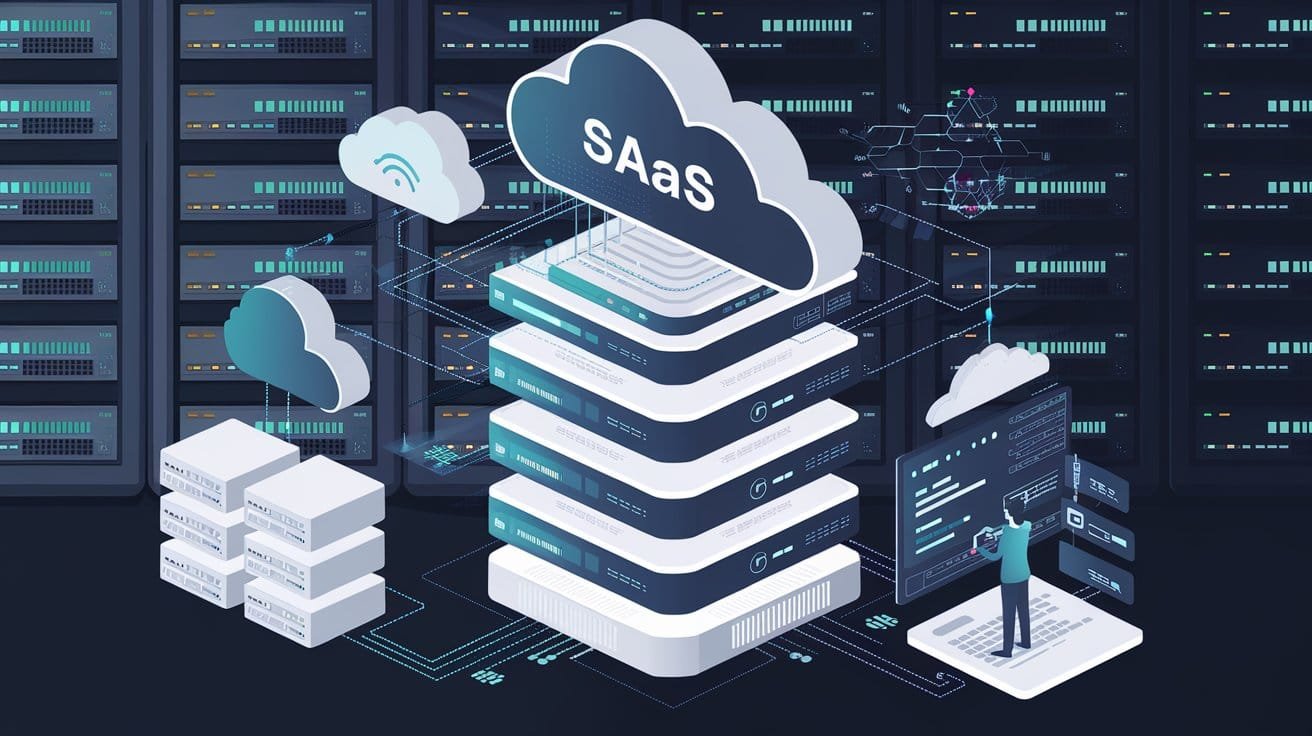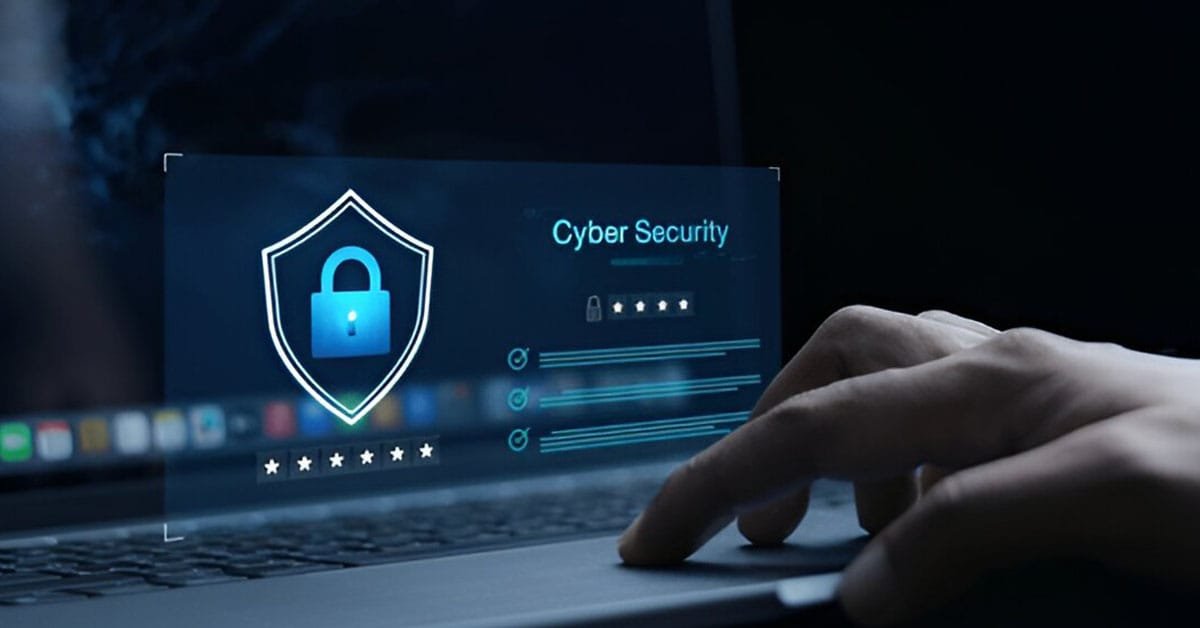

In today’s digital world, schools and universities use more technology, particularly Software as a Service (SaaS), to improve learning and manage their operations. However, this shift to digital comes with significant responsibilities, especially when protecting the sensitive student data they collect, process, and store. With stricter data privacy laws emerging around the globe, educational institutions must focus on solid compliance strategies to keep personal, academic, and financial information safe.
Understanding Data Privacy Regulations
Laws like the European Union’s General Data Protection Regulation (GDPR) and India’s Digital Personal Data Protection Act (DPDP) require organizations to take privacy seriously. These regulations demand that schools and colleges protect student data, including personal details, academic records, and financial information. Navigating these complex laws can be challenging, especially for institutions that may not have the necessary resources or expertise.
Vertical SaaS platforms are especially suitable for educational institutions because they understand the specific challenges that schools and universities face. Vertical SaaS providers focus on the academic sector, unlike horizontal solutions, which provide generic tools for various industries. They offer unique features and compliance measures designed to meet the needs of schools, colleges, and universities, ensuring they meet data privacy regulations effectively.
With their industry-specific knowledge, vertical SaaS providers can offer targeted support, helping educational institutions navigate compliance complexities while maximizing efficiency and revenue. Schools can feel confident partnering with a provider that truly understands their needs by choosing a vertical SaaS solution.
SaaS platforms are becoming essential partners in addressing these challenges. Here’s how they can help educational institutions comply with data privacy regulations:
Best Practices for Educational Institutions Using SaaS
While SaaS platforms provide crucial tools for data protection, educational institutions should also follow
As educational institutions embrace digital platforms like SaaS, prioritizing data privacy is crucial. Compliance with laws like the DPDP Act is vital to avoid legal penalties and build trust with students and parents. SaaS platforms provide the infrastructure necessary for institutions to manage these responsibilities effectively. By using these solutions, schools and universities can focus on delivering quality education while confidently protecting their data.
With the right SaaS partner, educational institutions can streamline compliance, improve data security, and safeguard the sensitive information entrusted to them, ensuring their digital transformation journey is innovative and secure.






Welcome to IT Business Digest, your ultimate source for the latest information technology news and updates. Stay ahead with our in-depth coverage of emerging technologies, industry trends, and expert insights.